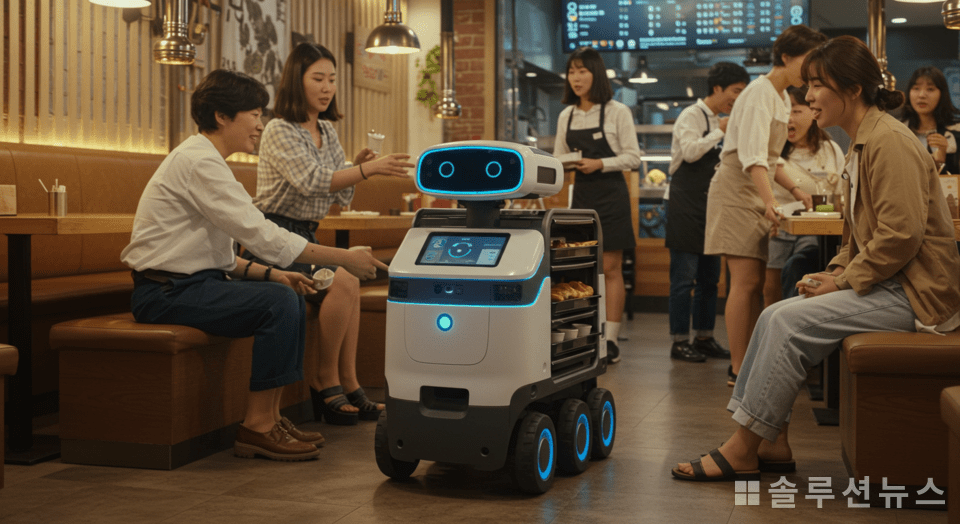
The government has deregulated the approval requirements for the installation of commercial and industrial robot wireless chargers and introduced a certification system for products below 1 kilowatt (kW). This has simplified the installation of wireless charging for various information and communication technology (ICT) devices such as delivery robots, logistics robots, and drones.
From March 27, the Ministry of Science and ICT has revised the notice to abolish the existing installation location-specific approval requirements for wireless chargers over 50 watts (W) but below 1 kW, allowing immediate installation only for certified products that have undergone conformity assessments.
The revised notice reflects Article 7 of Section 31 in the notice of “Equipment and Devices Not Requiring Approval for Radio Application Equipment Other than Telecommunications Facilities” and Item 11 of Supplementary Table 1 in the notice on “Conformity Assessment of Broadcasting and Telecommunications Equipment.” Previously, approval under radio law was required to install wireless chargers exceeding 50W.
Wireless chargers have a lower risk of electric leakage and shock compared to wired methods, and they allow automatic charging without contact, making them highly useful in commercial and industrial fields. In particular, restaurants, cafes, factories, and warehouses can reduce management personnel and enhance robot operation efficiency through wireless charging systems.
Starting from September last year, the Ministry of Science and ICT has reflected industry requests, established electromagnetic compatibility standards and safety verification methods with experts, and pushed for this system improvement. It also plans to strengthen post-management of certification tests and released products.
Wireless charging technology extends beyond delivery and hospitality robots to applications in drones for forest fire monitoring, security, and wind turbine inspections in outdoor environments. Non-contact charging offers superior waterproof and dustproof features, enabling accurate unmanned charging without connection errors, thereby expanding its usability.
According to market research firm Allied Market Research, the global mobile robot market is projected to grow to 68.2 billion dollars and the wireless charging market to 27.7 billion dollars by 2030. The domestic market is also expected to reach 2.7 billion dollars and 1 billion dollars respectively.
Nam-cheol Kim, Director General of the Radio Policy Bureau at the Ministry of Science and ICT, stated, “While ICT devices can now be freely used, installation of chargers required approval, hindering industrial development. With this system improvement, we aim to preemptively remove unnecessary regulations and provide a basis for technological expansion.”